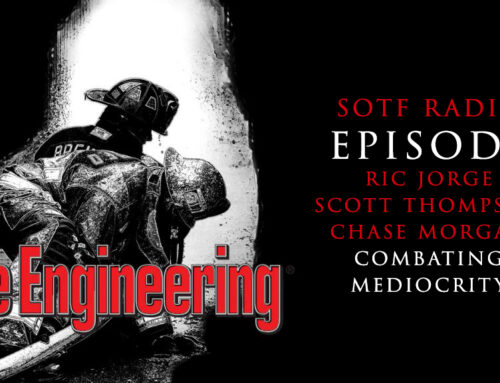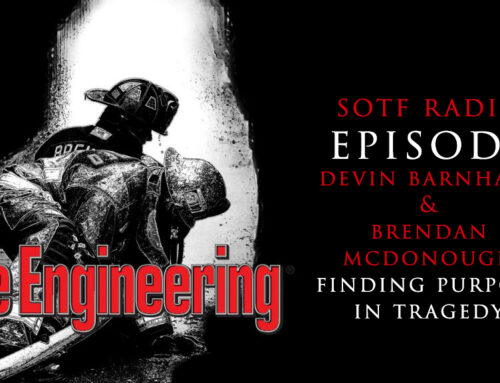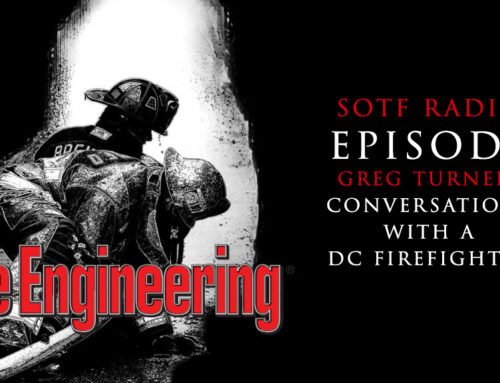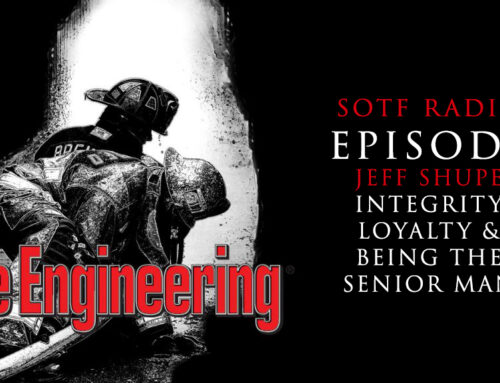The Burn Specific Health Scale-Brief (BSHS-B) is a commonly used burn specific health outcome measure that includes 40 items across nine subscales. The objective of this study was to use both classical and modern psychometric methods to evaluate psychometric properties of the BSHS-B.
Data were collected post burn injury by a multisite federally funded project tracking long term outcomes. We examined dimensionality, local dependence, item fit, and functioning of response categories, homogeneity, and floor and ceiling effects. Items were fit to Item Response Theory models for evaluation.
A total of 653 adults with burn injury completed the BSHS-B. Factor analyses supported unidimensionality for all subscales, but not for a total score based on all 40 items. All nine of the subscales had significant ceiling effects. Six item pairs displayed local dependence suggesting redundance and 11 items did not fit the Item Response Theory models. At least 15 items have too many response options.
Results identified numerous psychometric issues with the BSHS-B. A single summary score should never be used for any purpose. Psychometric properties of the scale need to be improved by removing redundant items, reducing response categories and modifying or deleting problematic items. Additional conceptual work is needed to, at a minimum, revise the work subscale and optimally to revisit and clearly define the constructs measured by all the subscales. Additional items are needed to address ceiling effects.




